Fujifilm X-E3 mirrorless camera review: A great camera that's only let down by its price tag

Fujifilm launched its latest X-series camera back in the second week of October in the Indian market. It was the second high profile launch event for the company in India, the first being the launch of the Instax Mini 9. With the launch of the X-E3, it's clear now that Fujifilm wants to make inroads into the Indian market.
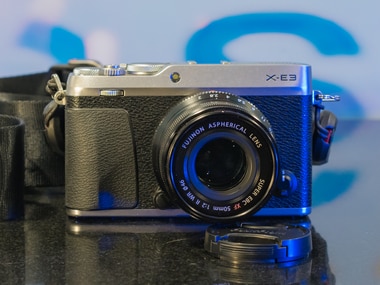
Image: tech2/Rehan Hooda
What was delightful was that the company managed to launch the camera just a month after its launch in the international market.
Fujifilm has long been the dark horse in a world dominated by Canon, Nikon and more recently, Sony. Despite strong competition, Fujifilm has managed to satisfy the demands of professional users and amateurs alike, especially with its X-series cameras and exceptional sensors.
Fujifilm sent us a review unit of the X-E3 after its launch in India and I was glad to take it for a comprehensive spin. We have already reviewed the X-E2 in the past and loved what it brought to the table. I used the X-E3 for about a month and a half while trying to stretch its capabilities after adapting to the control schemes of the camera. As a long-time DSLR user, mirrorless cameras are new for me and I was intrigued by what the mirrorless realm had to offer.
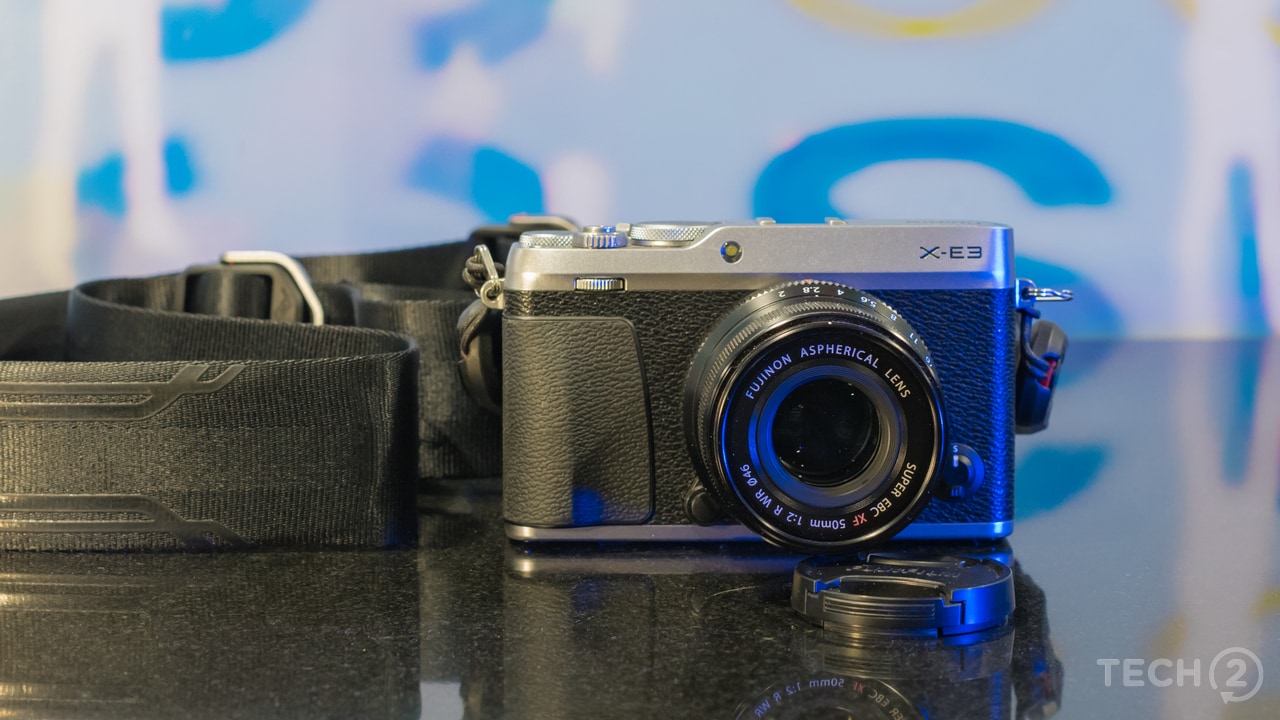
Image: tech2/Rehan Hooda
I am coming from the Nikon ecosystem where I started from the Nikon D7100 and later upgraded to Nikon D750. What is amusing is that I was planning to buy a Nikon mirrorless camera back in 2014 when deciding to buy my first camera because of the compact form factor, touchscreen input and smaller, lighter lenses. After some intensive research, however, I ultimately decided against mirrorless and went with the best DSLR that I could afford.
The primary reason for not choosing a mirrorless camera at the time was because it did not quite compare to DSLRs when it came to the image quality, dynamic range and battery life. Since then, I've not paid much attention to mirrorless cameras.
Given my situation, can the Fujifilm X-E3 win me over?
Build and Design: 7.5/10
Right out of the box, the X-E3 comes with a classic metal body and a rubberised grip. The exterior of the camera invokes a very nostalgic and classic feeling and I was not the only one to notice that. A number of people came and asked me which camera I was using because it looked ‘really cool’. Some were even wondering if it was a film or a digital camera.
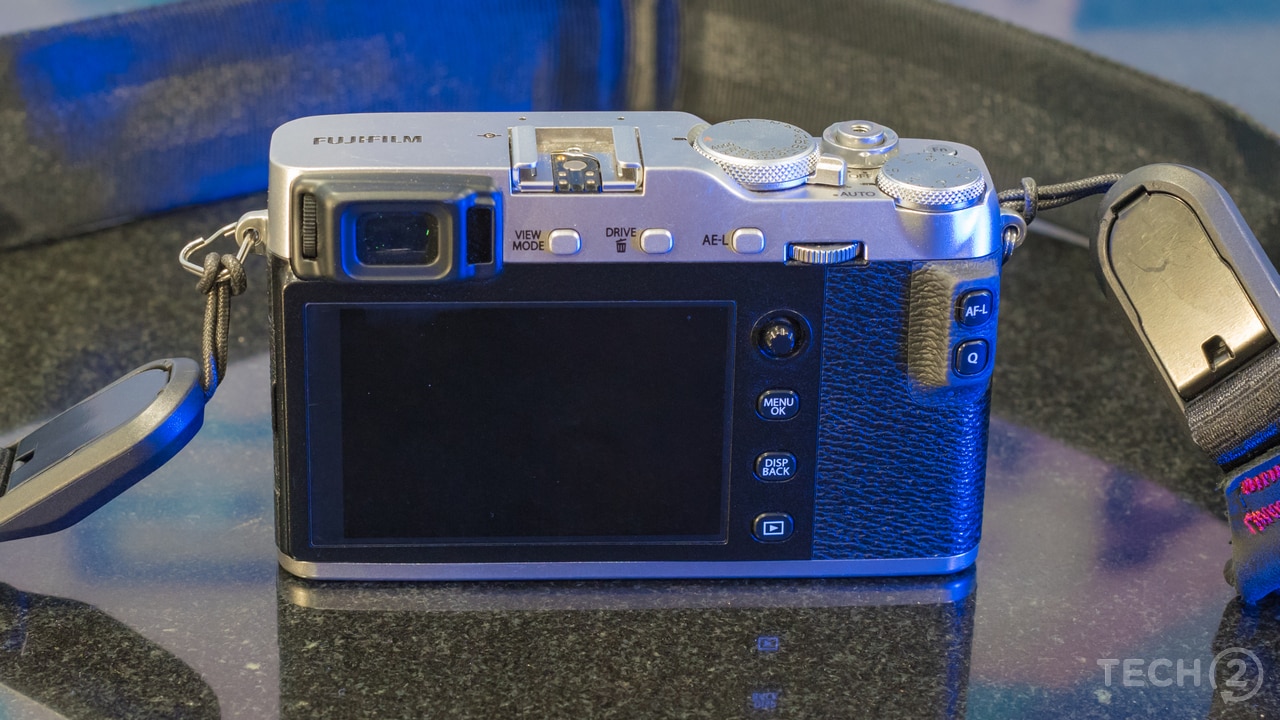
Image: tech2/Rehan Hooda
X-E3 feels very retro. You get plenty of dials and buttons for controlling various functions and you don't necessarily have to dive into the on-screen menu. Speaking of which, you still get modern accoutrements like a joystick and touchscreen. Important controls can be accessed with a tap.
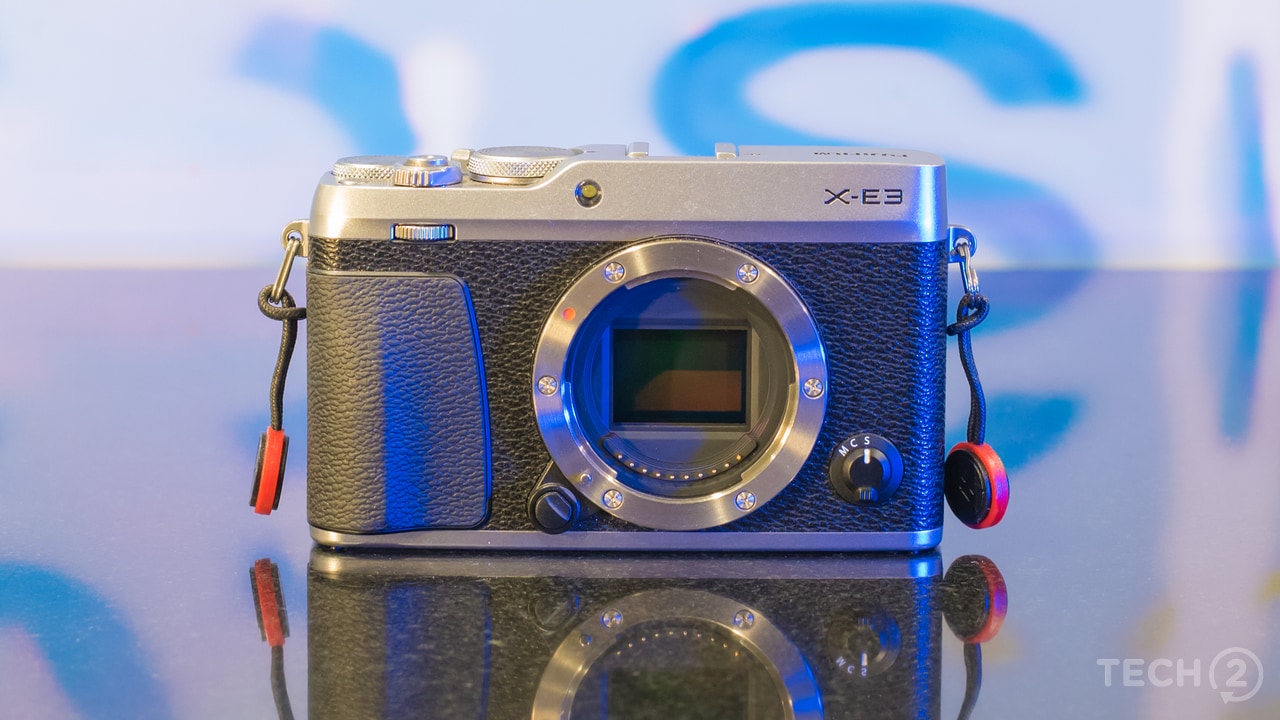
Image: tech2/Rehan Hooda
Compared to its predecessor, there are not many changes in the design of the camera. It is lighter and smaller, making the form-factor even more compact. All the buttons feel like they're at the right place while giving enough empty space around the right edge of the camera for the hand to rest on while operating the camera. Similar to the X-E2, the X-E3 does not come with a built-in flash module. Instead, you will have to attach an external flash on the top of the camera.
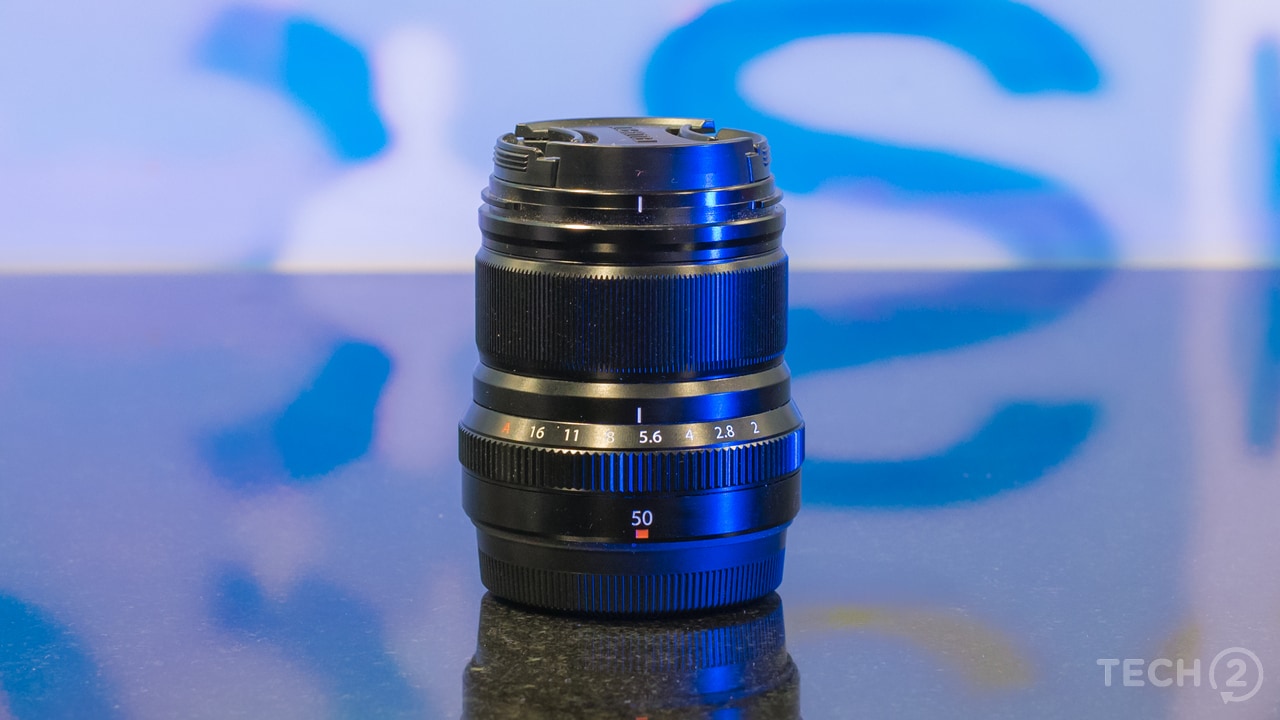
Image: tech2/Rehan Hooda
Something that threw me off at first was how unstable the camera was on a flat surface. I'm used to shooting a heavy DSLR and with most lenses, the camera would be stable on any flat surface. With the Fuji, the body is so narrow that the camera would always lean forward and rest on the lens, a 50 mm, in this case. It's just something that you'll have to get used to when you shift to a mirrorless camera though.
Features: 7.5/10
Don’t be fooled by the retro exterior of the camera as it packs quite a modern punch in terms of features and hardware. The X-E3 comes with an effective resolution of 24.3 million pixels with a 23.5 x 15.6 mm APS-C sensor. The camera uses the X-Trans CMOS III (Complementary Metal-Oxide Semiconductor) imaging sensor with a primary colour filter to shoot images at the resolution of 24.3 MP. As typical of Fujifilm's X-Trans sensor, it does not come with an optical low-pass filter, which cuts down on false colours and moiré. The camera includes support for ultrasonic sensor cleaning and supports SD (up to 2 GB), SDHC (up to 32 GB) and SDXC cards (up to 256 GB) with UHS-1 transfer protocol.
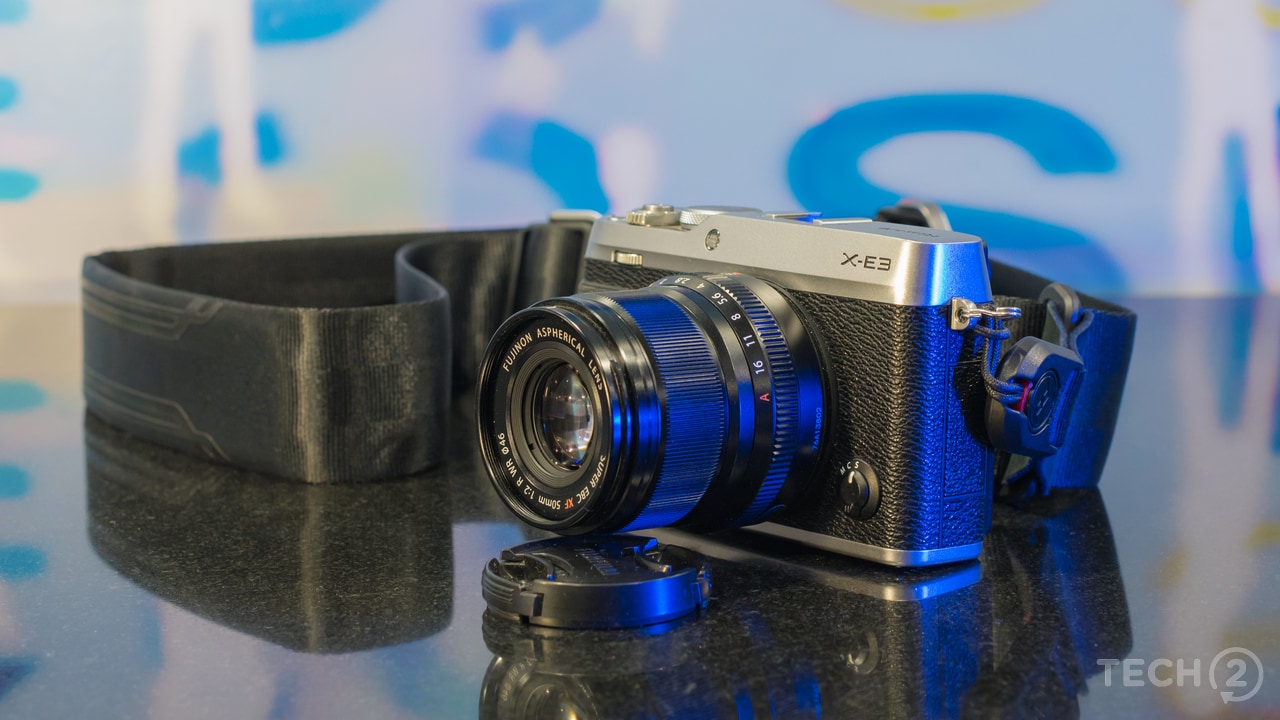
Image: tech2/Rehan Hooda
The camera spits out images in JPEG (Exif version 2.3) and RAW (14-bit) along with the option to shoot both JPEG and RAW at the same time. There are a number of image sizes to choose from, ranging from Large, Medium and Small to Panorama Large and Panorama Medium. Users can also shoot multiple exposures in camera and it shows the first image on the LCD display so that users can compose the second shot more effectively. If you are interested in shooting videos, the camera will encode videos in .mov format with MPEG-4 AVC and H.264 codecs at up to 4K (3840x2160) resolution. The X-E3 will record Linear PCM stereo audio with 48 KHz sampling.

Image: tech2/Rehan Hooda
The X-E3 supports the Fujifilm X mount and if you want to use any other lenses then you will need to find a converter to convert those lenses. Moving ahead, the camera supports ISO200 to ISO12800 with extended support for ISO100 to ISO51200 values. You will get Multi, Spot, Average, and Center-weighted options for metering.
Fujifilm has added Program AE (P), Aperture Priority AE (A), Shutter Speed Priority AE (S) and Manual exposure (M) for controlling the exposure. This is paired with a +-5 exposure value compensation for images and +-2 exposure value compensation for videos. The camera gives you the option to either choose a mechanical shutter or an electronic shutter along with an auto mode to automatically decide which shutter to use. There are different shutter speeds for different modes of the shutter.
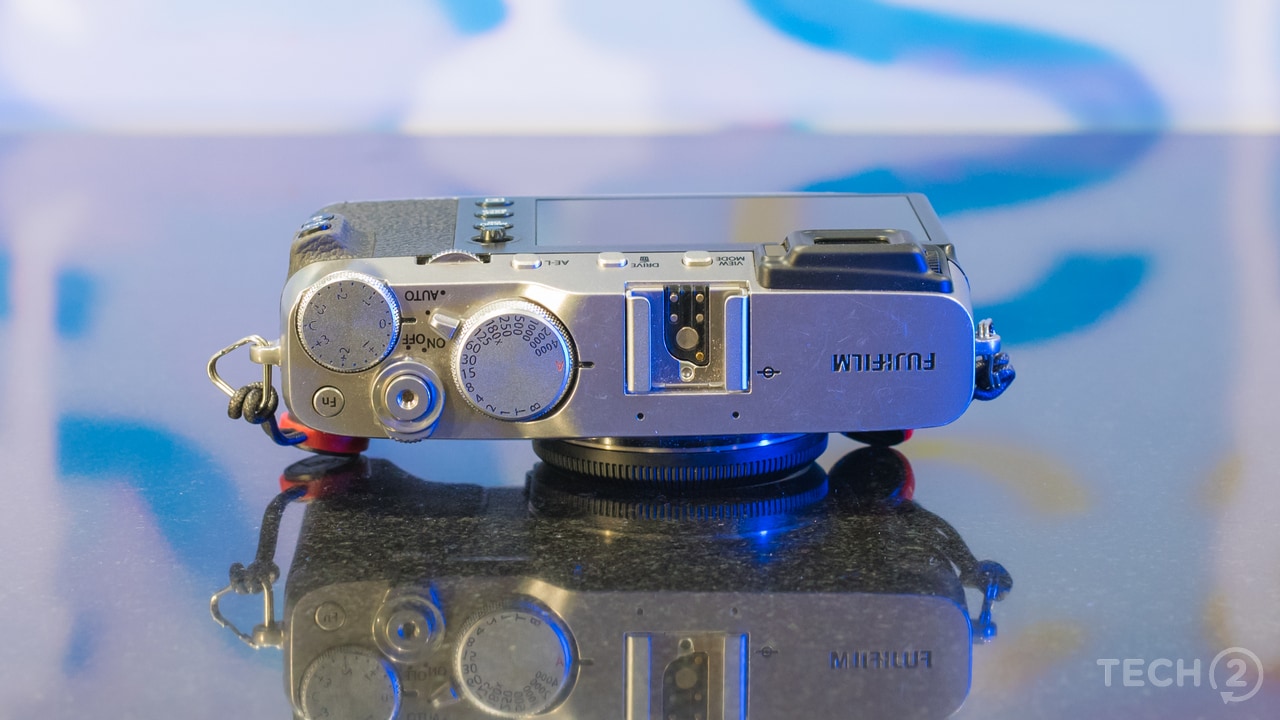
Image: tech2/Rehan Hooda
You will get burst mode with about 8 frames per second in the mechanical shutter mode, which can be bumped up to 14 fps in the electronic shutter (ES) mode. Obviously, this depends on the type of card you are using and other factors like lighting conditions. I tested the burst mode with a Class-10 SD card and noted a burst rate of 11 fps in ES mode.
The camera offers AE bracketing with up to 9 frames with a minimum range of +-1/3 EV and a maximum of +- 3 EV in 1/3 step intervals. Options for film simulation bracketing, up to 400 percent dynamic range bracketing, ISO bracketing are also included.
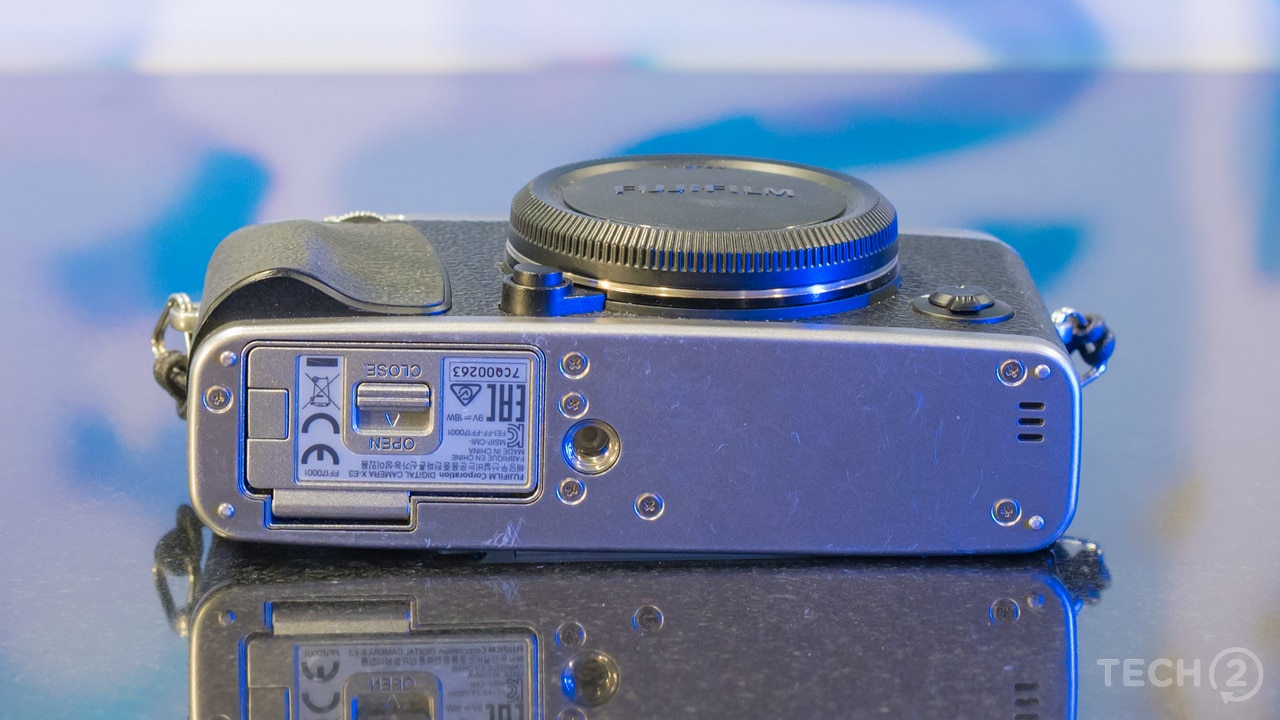
Image: tech2/Rehan Hooda
It also comes with Single or Continuous autofocus modes that use ‘Intelligent Hybrid AF’ with a mix of contrast as well as phase detection technology. X-E3 can also use an AF assist illuminator for focusing. Fujifilm has given the option of either 2 or 10 seconds for the self-timer.
It also packs a 0.39-inch OLED colour viewfinder with 100 percent coverage of the capture area. You will find a 3-inch LCD display with a 3:2 aspect ratio with 100 percent coverage. The company has added 15 film simulation modes along with the option to add grain as an effect. Its grain and simulation modes are not the only effects as users can add advanced filters as part of post-processing effects.
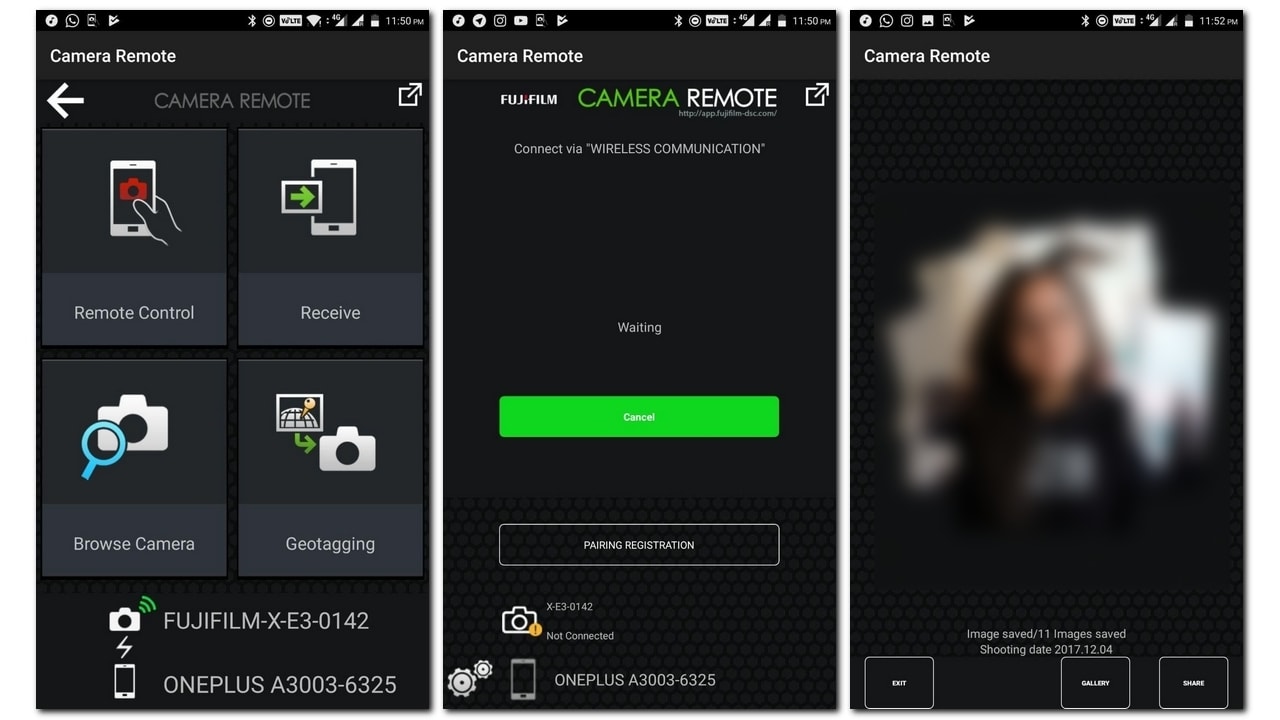
Fujifilm Camera Remote app on Android.
The X-E3 packs in Bluetooth v4.0, Wi-Fi 802.11 b/g/n, microUSB with support to USB 2.0 standard, micro-HDMI port and a 2.5-mm stereo mini port as connectivity options. It supports an NP-W126S Lithium-Ion battery. Last but not the least, the camera has 121.3 x 73.9 x 42.7 mm dimensions with 337 gm weight without the lens attached.
Performance: 7.5/10
Before I start talking about the overall performance of the camera, I want to point out that I absolutely loved the portrait photos that I took using the X-E3. I had long heard about how Fujifilm cameras were good for portrait images but only realised the full capabilities of the camera when I tried it for myself.
Now, diving into the performance of the camera, the camera performs without any issue in almost all conditions. The startup time of the camera is about 0.50-75 seconds, which is notably slower than my D750. However, it still starts up fast enough that I didn't have complaints about the startup speed.
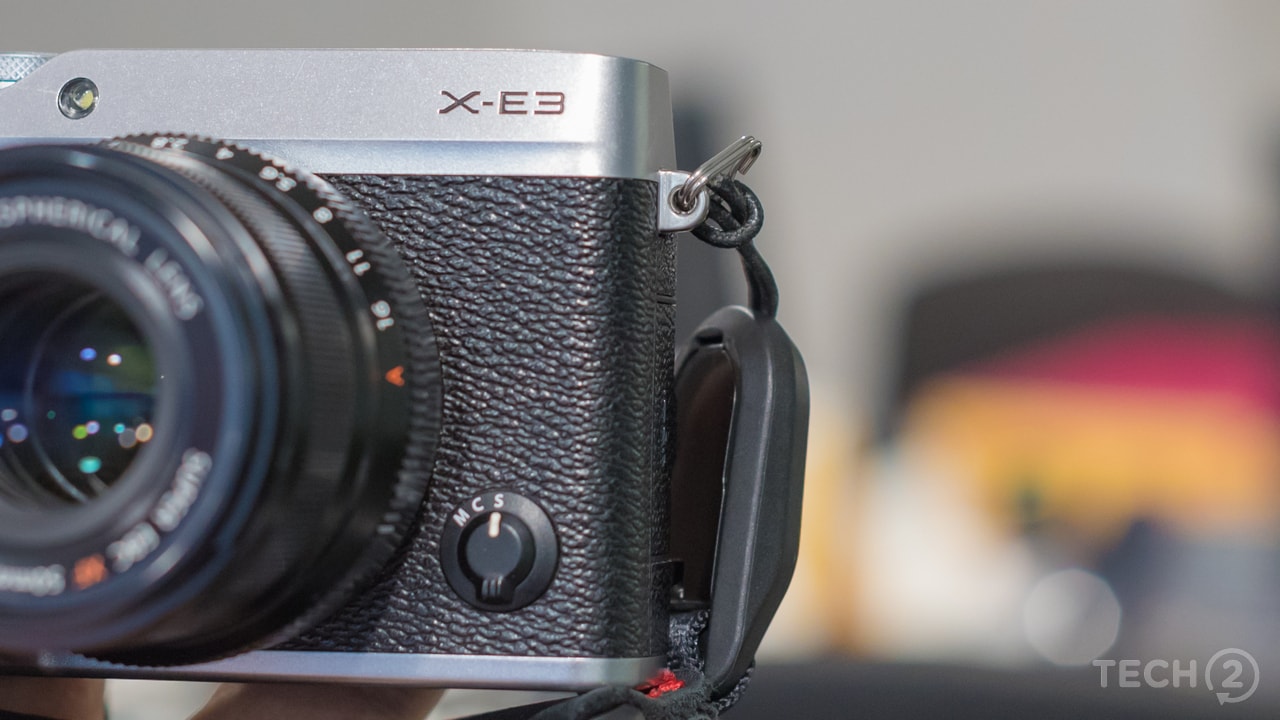
Image: tech2/Rehan Hooda
Two things that bothered me with the camera were the battery backup (300-400 shots) and the lack of a second SD card slot. It might seem like I'm complaining about nothing, this is not a pro camera after all, but you have to remember that this camera body costs Rs 70,999 in India — a 50 percent premium over its US pricing. At this price, cameras offer a great many more features. If this camera retailed at around 50k to 60k, I wouldn't care so much about the lack of a second SD card slot.
i) Studio ISO Performance
We have created a studio ISO test setup that packs a mix of textures, materials, colours and shapes into one scene. For this test, we set up the X-E3 on a tripod, turned off the lights and used a single source studio light to illuminate the setup. We fixed the aperture at f/4 and took images across the ISO range that the camera provides. We used the remote mobile app to activate the shutter to ensure that the camera does not move while taking images.
The ISO performance of the FujiFilm X-E3 is impressive, to say the least, and the X-Trans CMOS III showcases why Fujifilm has managed to hold that important place among professional photographers despite the competition in the market.
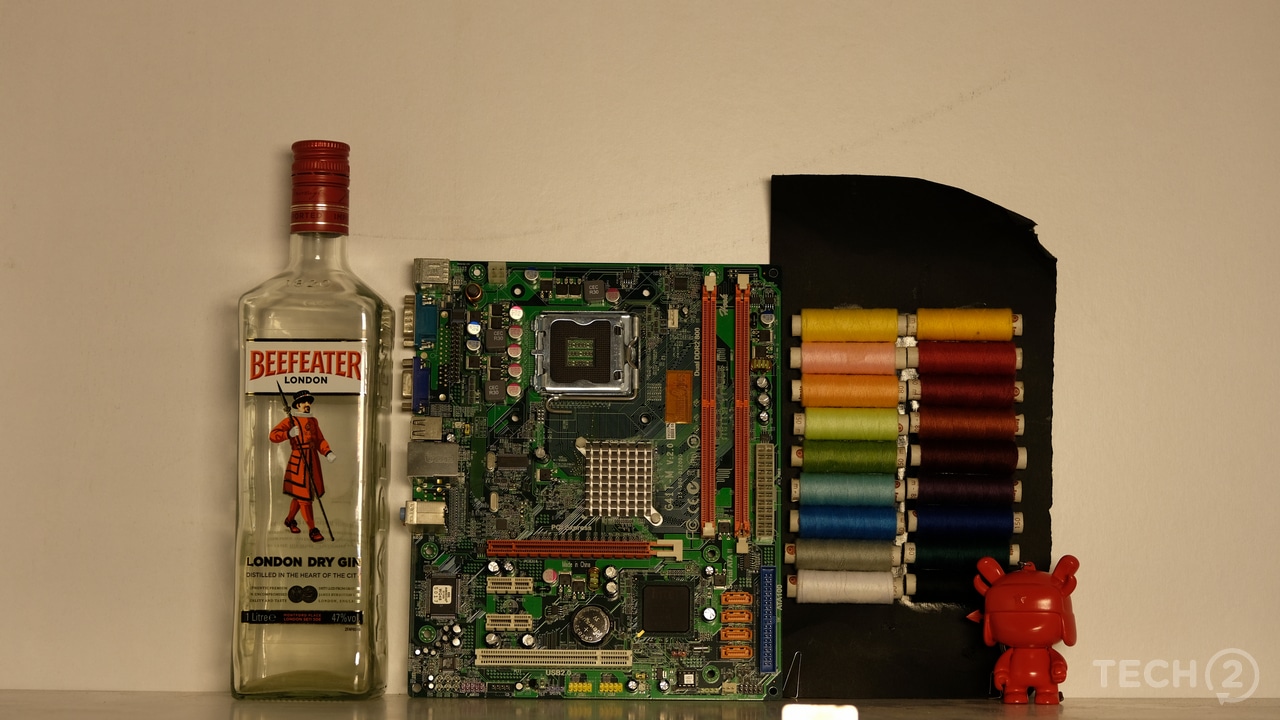
ISO Test setup
There is almost no noise from ISO100 to ISO800. The noise creeps in from ISO1600 but it is okay. The images only turn useless beyond ISO12800, which is within the range that Fuji allows by default. You can go higher than 12,800 if you wish to, but image quality suffers.

ISO100, f/4
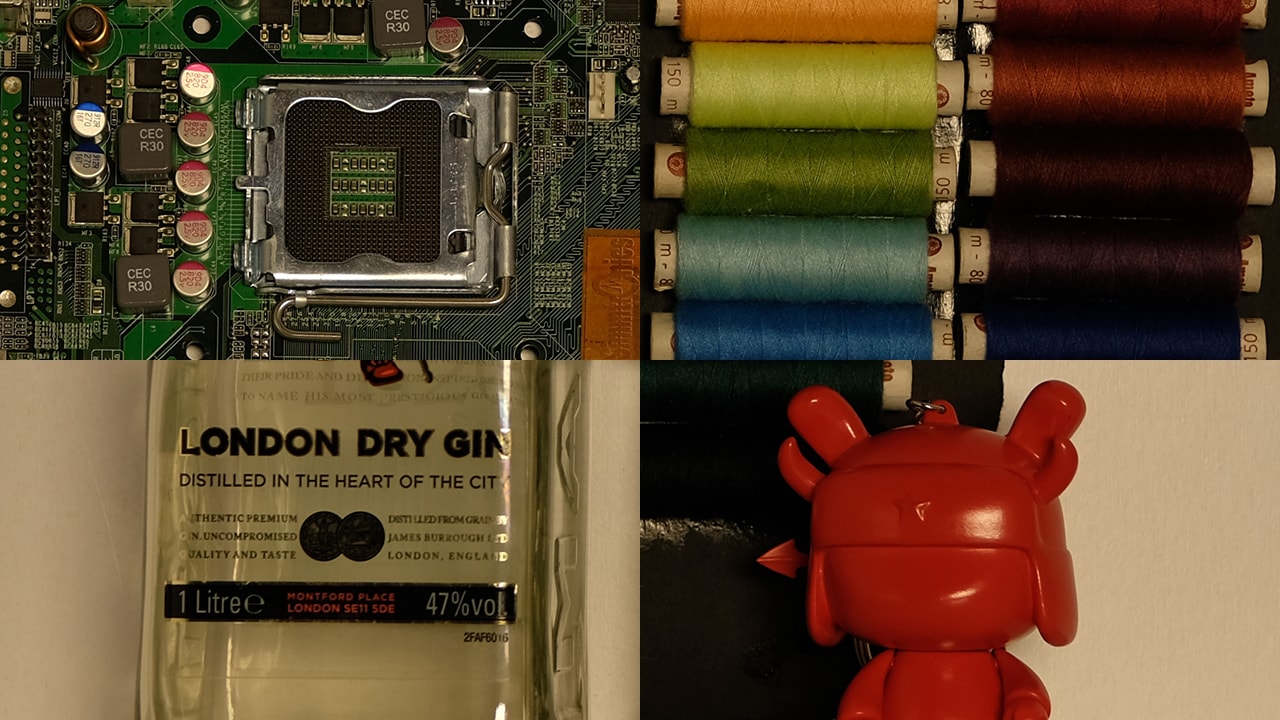
ISO200, f/4
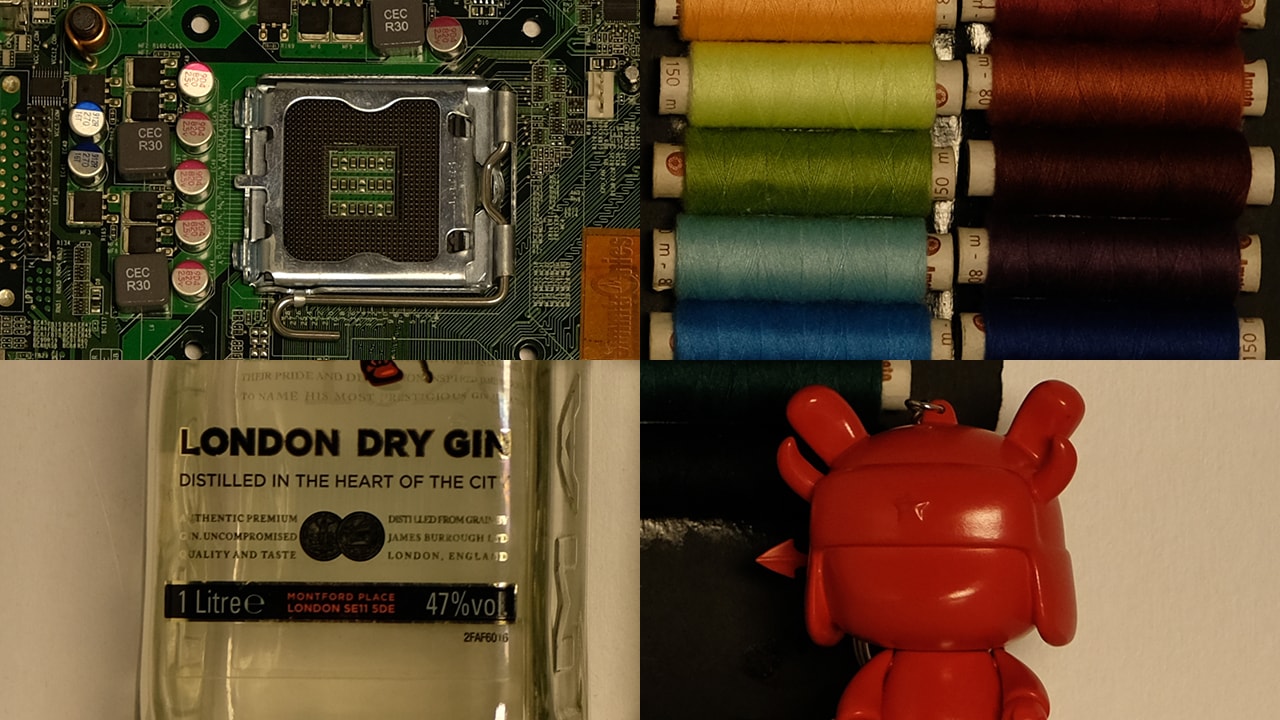
ISO400, f/4
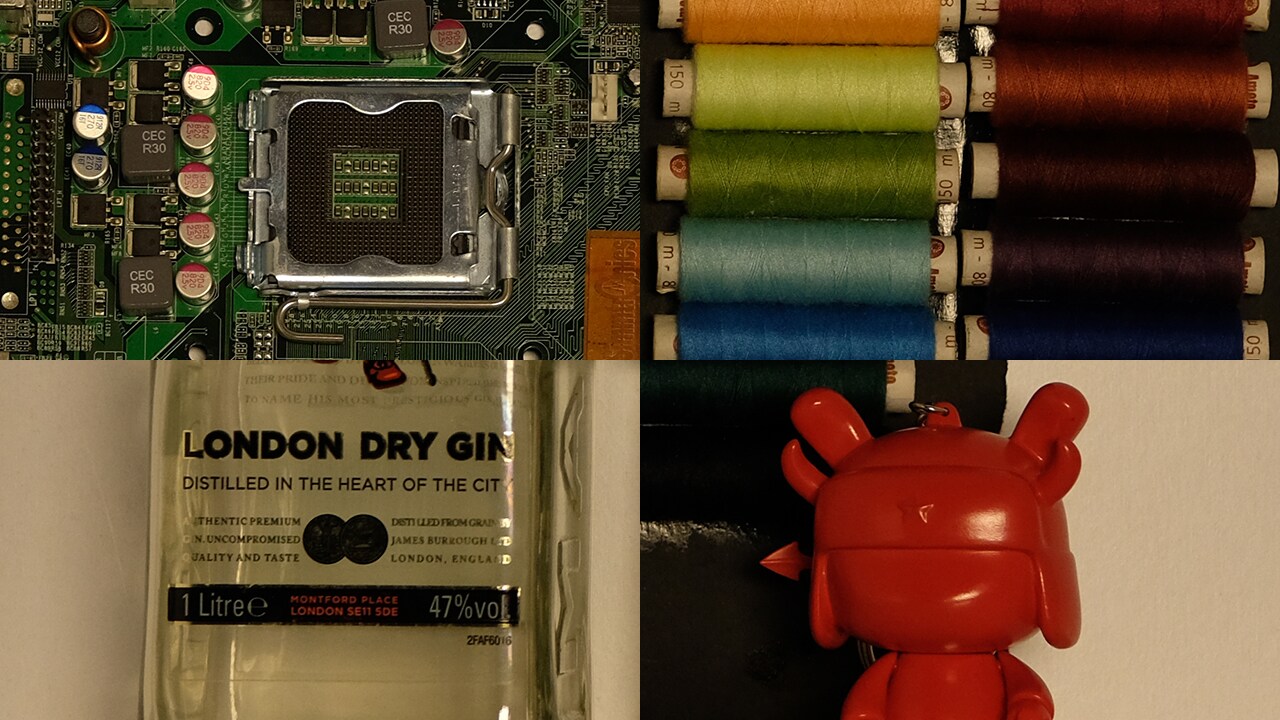
ISO800, f/4
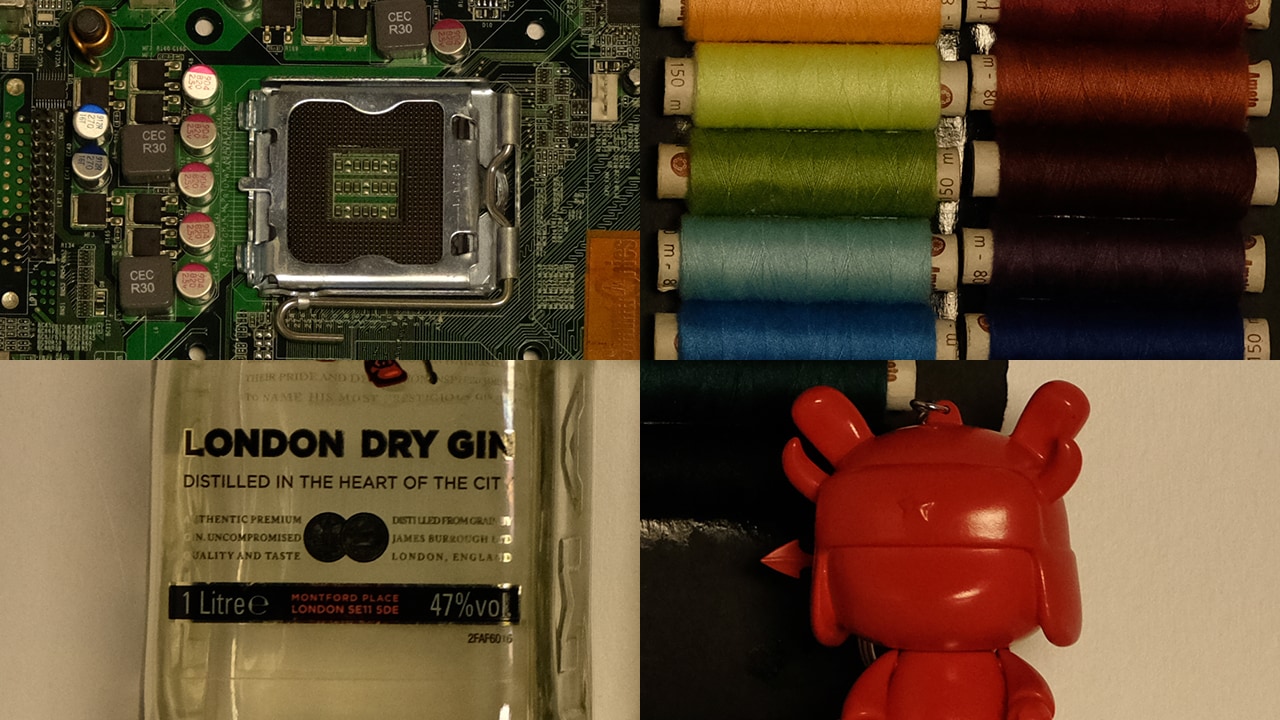
ISO1600, f/4

ISO3200, f/4
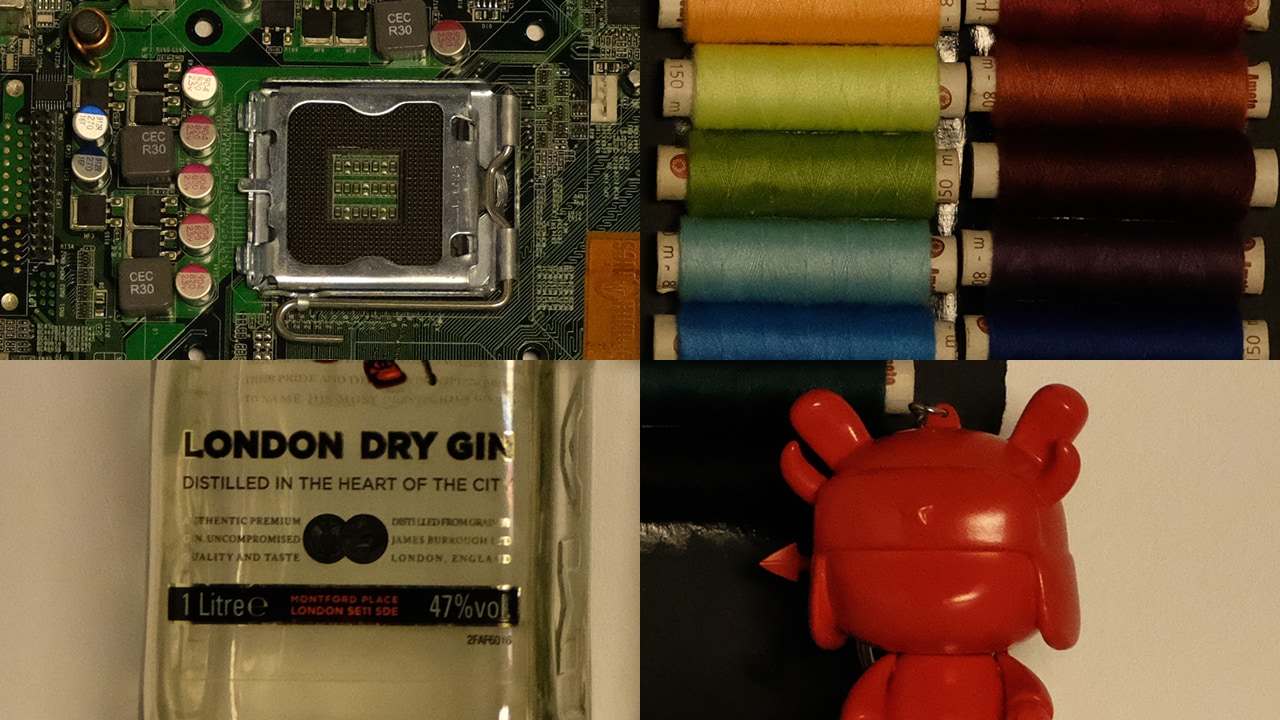
ISO6400, f/4
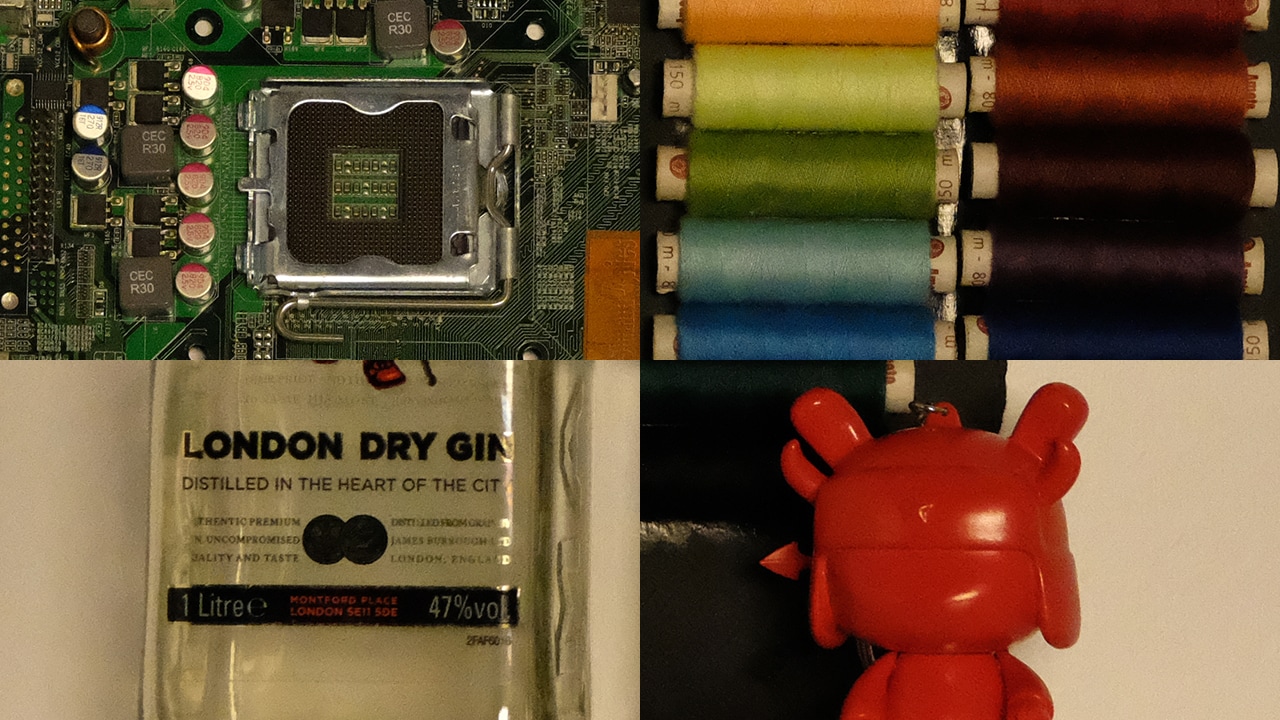
ISO12800, f/4
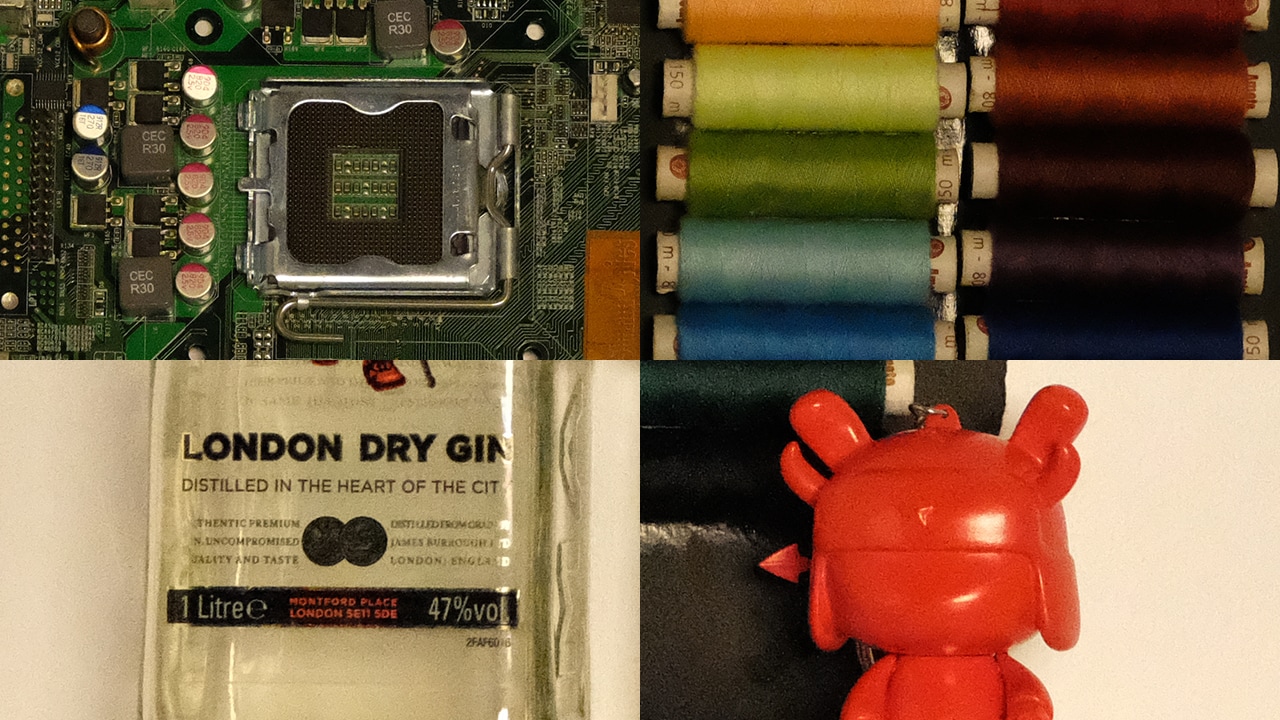
ISO25600, f/4
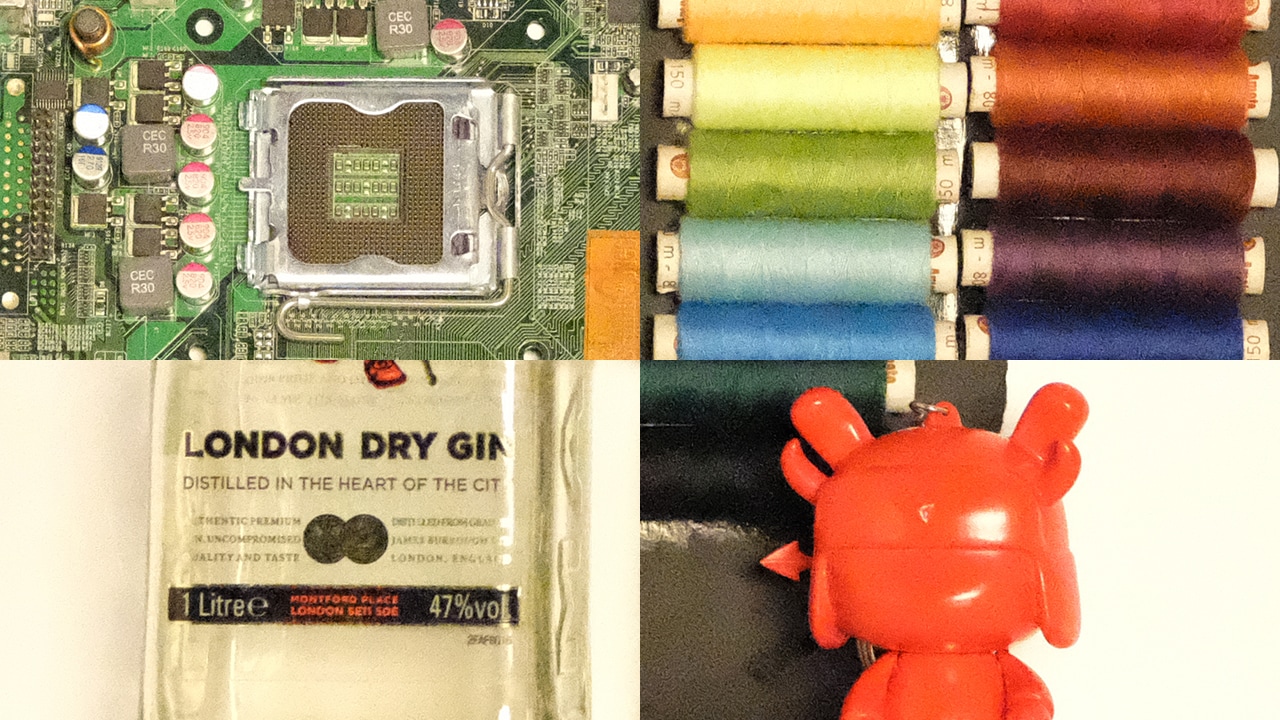
ISO51200, f/4
ii) Focus and Handling
The auto-focus system of X-E3 is snappy because of the presence of ‘Intelligent Hybrid AF’ as mentioned above. It is a mix of phase-detection AF and contrast-detection AF which makes focusing a breeze on the camera.
The AF-system on the camera worked without any problem in extremely challenging conditions. This new system can also track moving objects and you can even tap to focus with the help of the touch controls. There was a slight delay when it came to switching between the screen and the electronic viewfinder (EVF). The face detection and eye detection while focusing is an excellent feature to have, but it doesn't work every time. When it works, it's brilliant.
The compact form factor of the X-E3 makes it ideal for people who don’t want to draw attention to themselves, which is usually the case when it comes to a full sized-DSLR, making it ideal for documenting moments without fear of influencing the scene. The lighter weight of the camera meant that I was not tired despite the extended usage of the camera. The compact form factor also worked in favour of one-handed usage. All of this makes the camera ideal for street photography or even documentary photography.
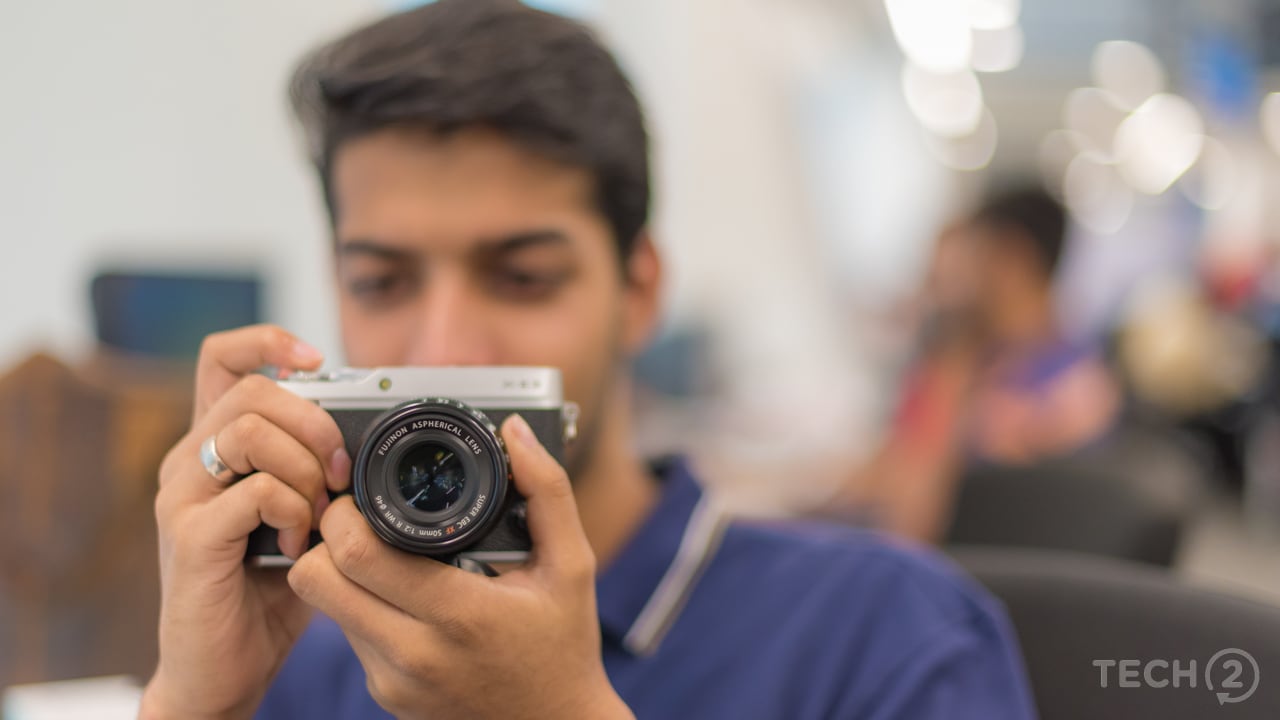
Image: tech2/Rehan Hooda
The electronic viewfinder along with the eye sensor makes a return in this camera. The camera quickly switches between the screen and the EVF without any manual input. You simply put the EVF to your eye and the screen turns itself off. This also saves a lot of battery.
Despite only one custom Fn button on the X-E3, users have the option to reassign the existing controls to suit their liking, including touch controls, which was impressive. The ability to control the camera functions using the mobile app and transferring images via Bluetooth is also neat as it's quite easy to transfer files to mobile devices and PCs without having to remove the card.
Image Quality: 8/10
Image quality is something of a mixed bag, and I'll discuss the nuances in detail here. As mentioned earlier, however, portraits from the X-E3 are unassailably brilliant.
The level of clarity and the colour tone of the skin is unparalleled. Dynamic range is also great when compared to DSLRs like my D7100 and D750. Check out the resized images and their 100 percent crops below. For full resolution images, head to the Flickr album embedded above.
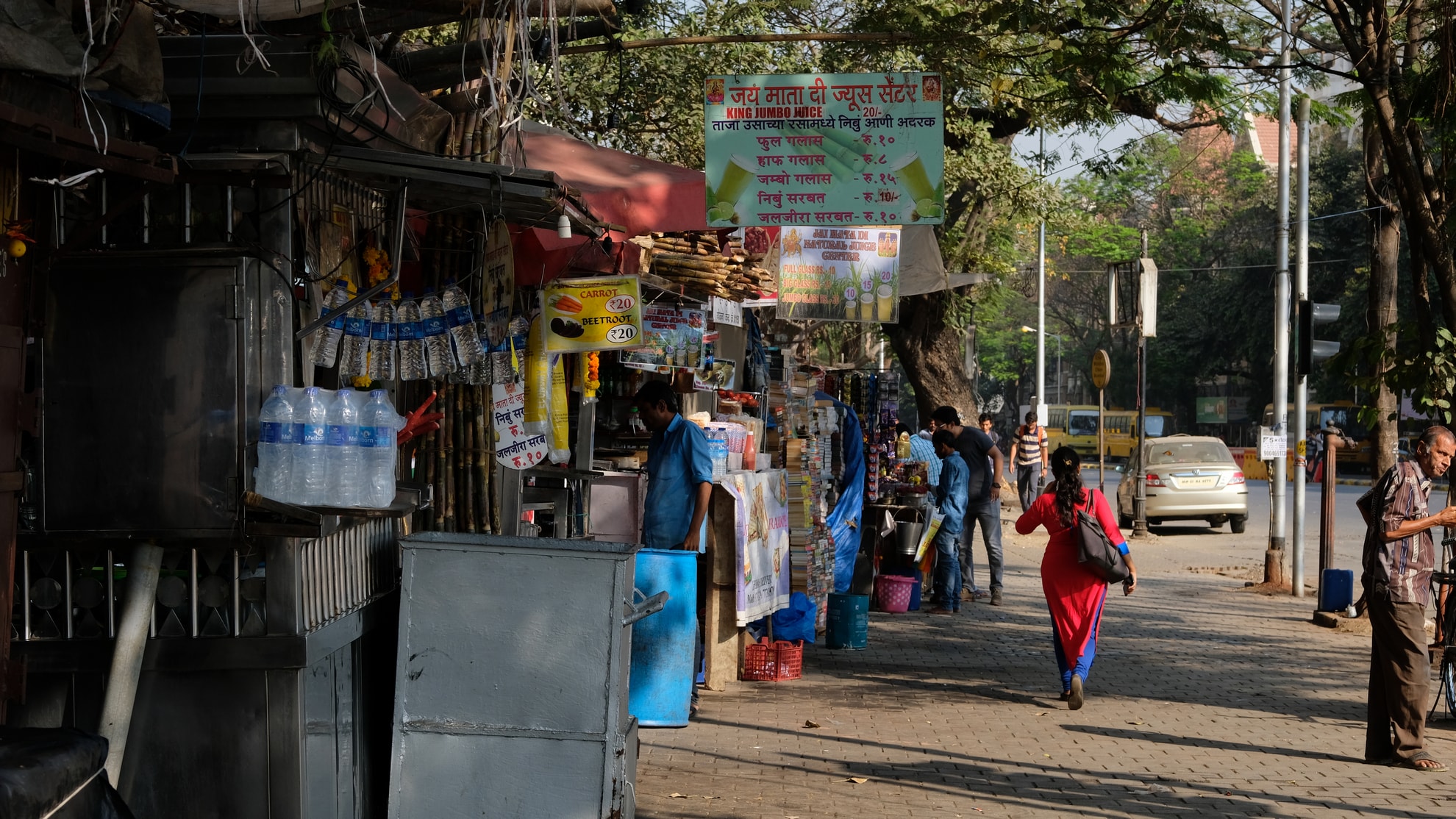
f/8, 1/400 sec, ISO400
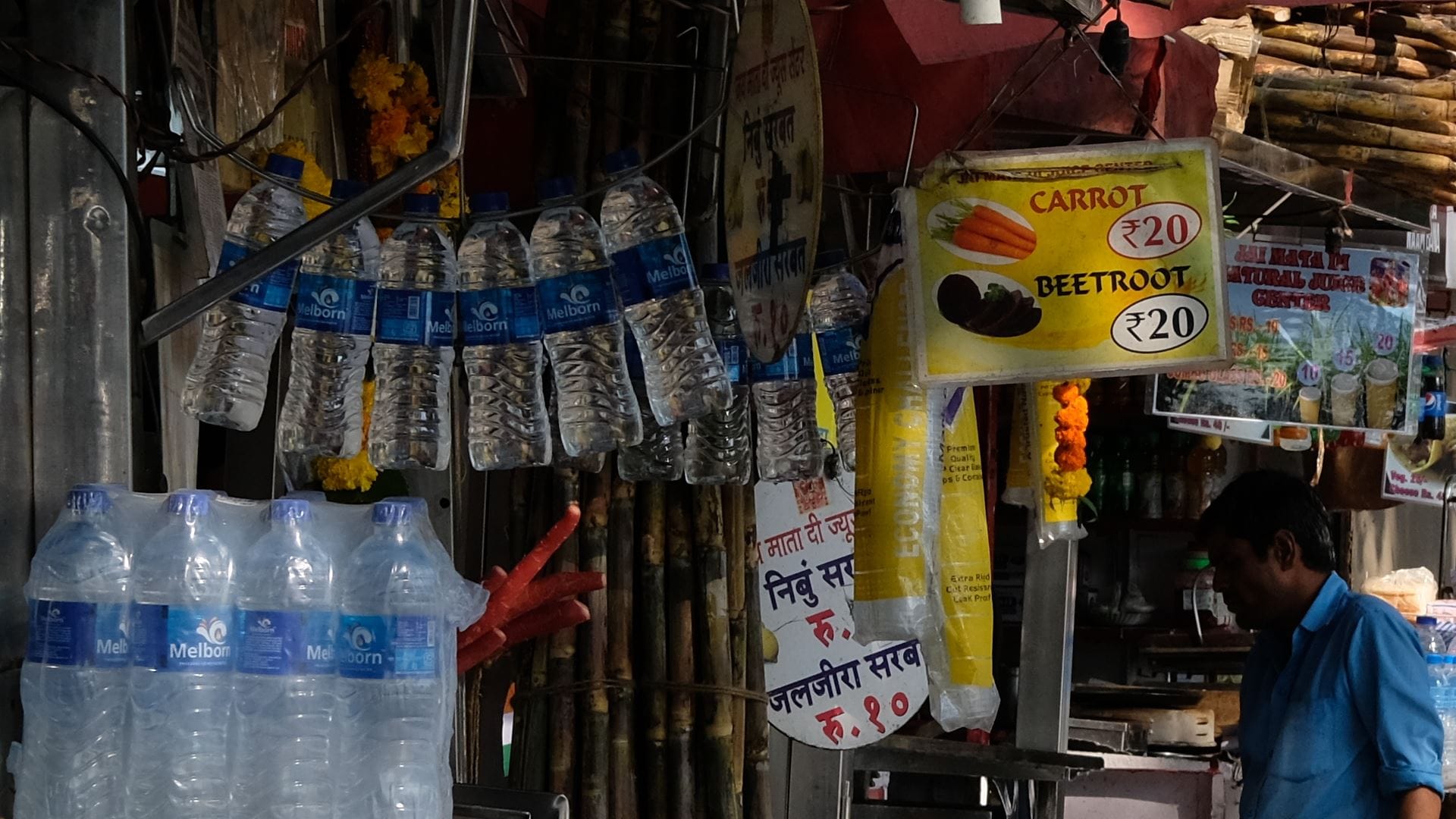
100% crop
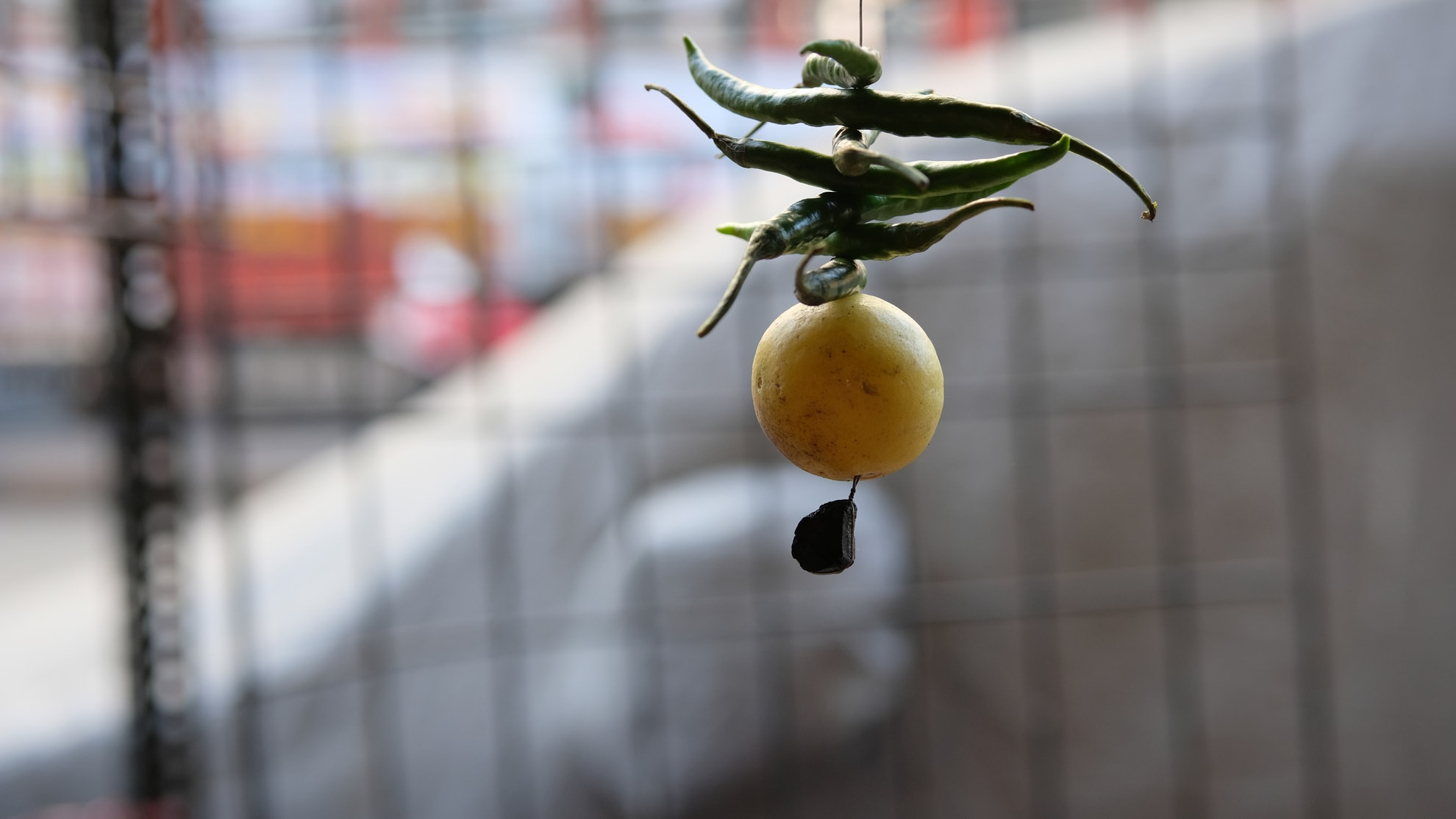
f/3.6, 1/140 sec, ISO400
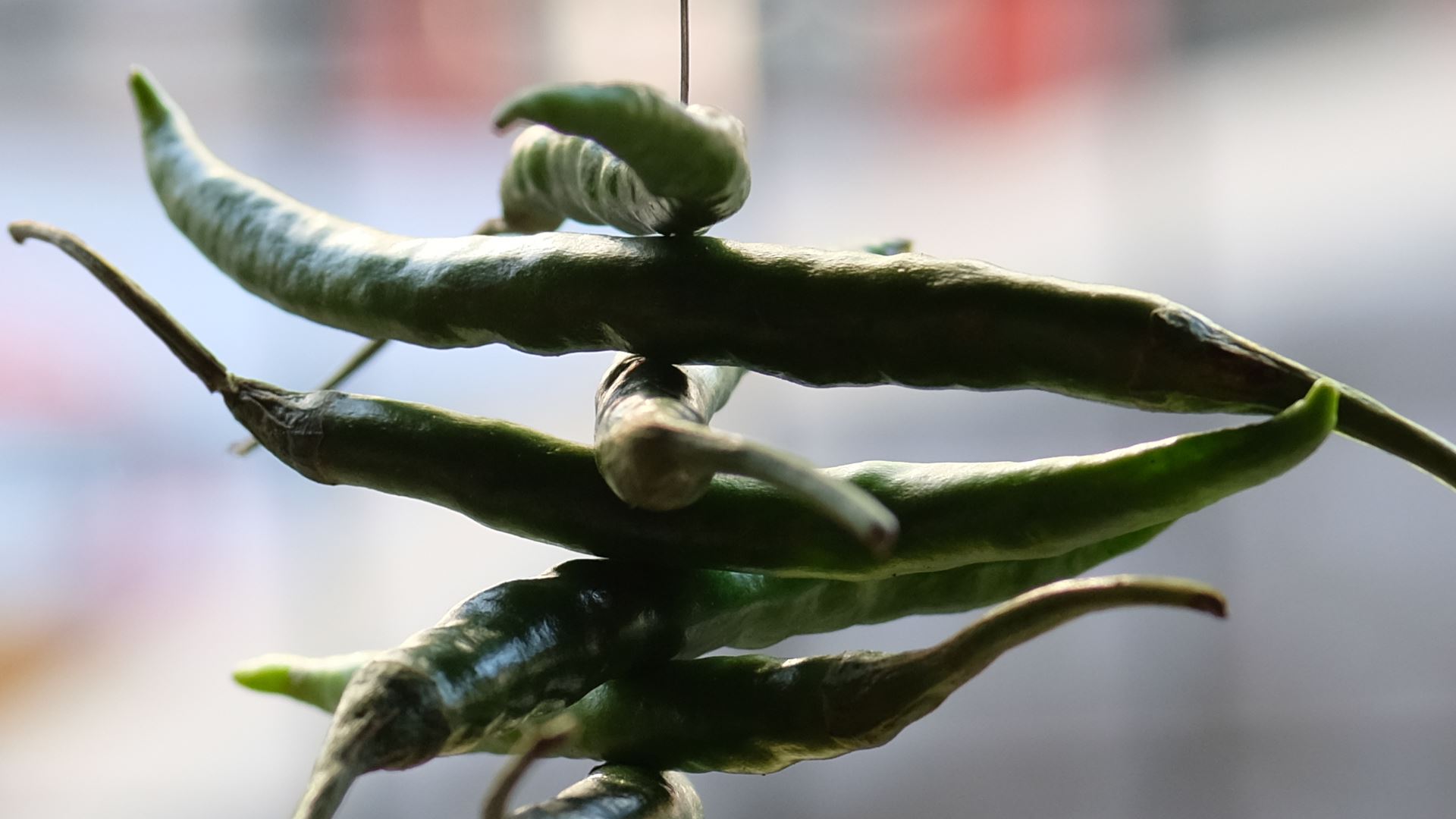
100% crop
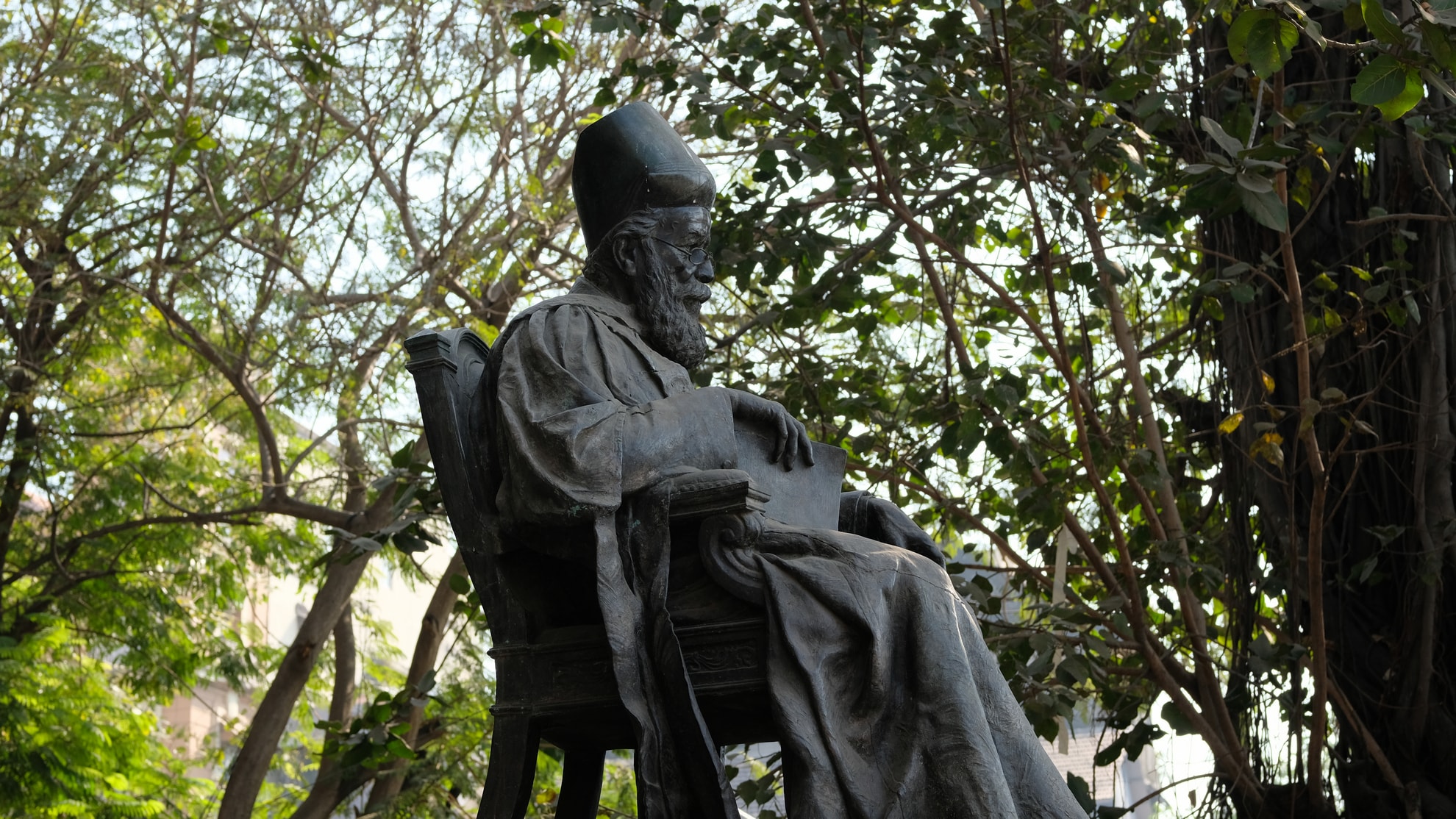
f/5.6, 1/250 sec, ISO400, +0.3
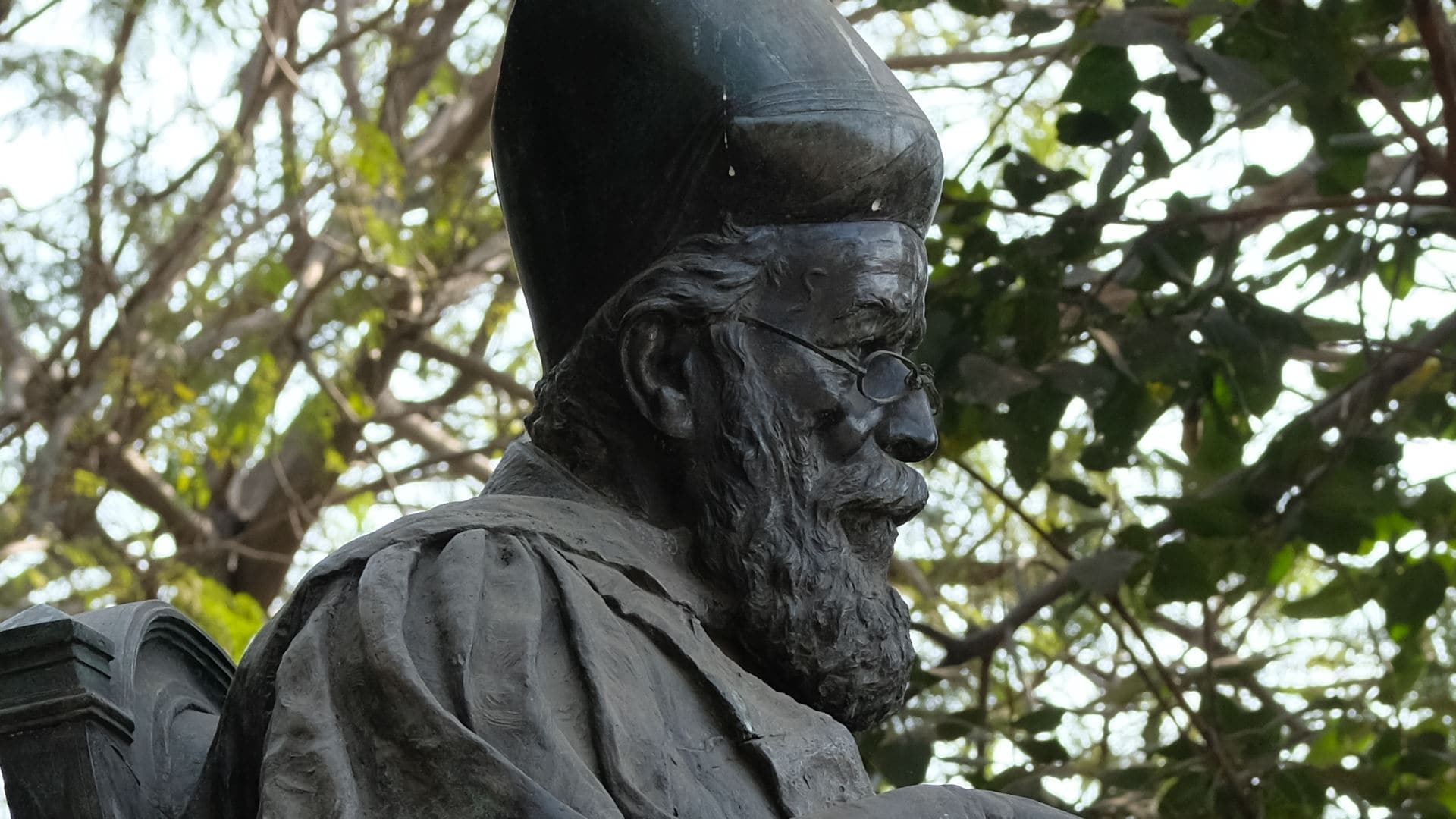
100% crop
The images from the X-E3 are sharper than those from any camera I've used. This is probably because of the above-mentioned lack of optical pass filter.
The camera manages noise levels well at normal ISO levels. Noise does creep in at very high ISOs, but no camera is immune from that. When shooting images of people, images are extremely good and colours are just slightly more vibrant. Landscapes, however, are a bit dull and night-time shots could do with less aggressive noise reduction.



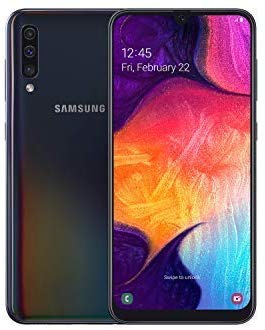





Most Visited
It’s always been hard to reconcile the dreams of portability with power in a gaming laptop.
Devices built on Nvidia's Tegra X-1 mobile processor are at risk of attack from a flaw security r
Google has introduced new methods, an updated user interface and other changes through which 2-st